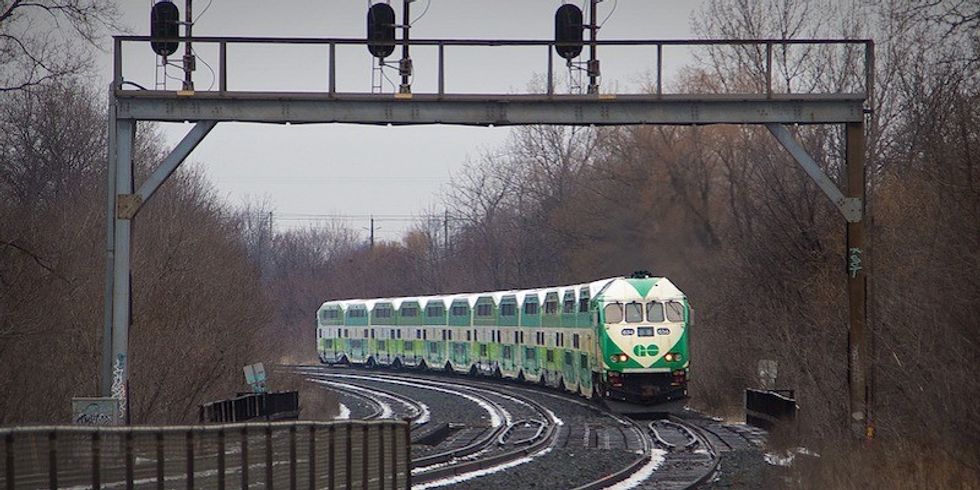The Ontario government is rebuilding its Greater Golden Horseshoe (GGH) transportation plan and wants the public’s help.
Earlier this week, the province released a 34-page discussion paper that details their 30-year vision for transit to the ever-growing region by 2051. The paper will form the basis for public feedback.
It includes any and all modes of transportation: railways, public transit, trucks, cars, cycling, walking, air, and marine.
While some parts of the plan are already either well in the works or will be soon, the government seeks the public’s feedback on the plans with the release of the document, which details the GGH’s current and upcoming transit projects and potential solutions to road congestion.
Transportation projects that are already underway or in the planning stages include the Ontario Line, Eglinton Crosstown West Extension, Yonge North and Scarborough Subway Extensions and Finch West, and the Hurontario and Hamilton LRTs.
The time for further action is now, as the region – which includes Toronto, Waterloo, Wellington, Brant County, Peterborough, Northumberland, Simcoe County, Haldimand and Niagara – prepares for large-scale population growth in the coming decades. As the paper outlines, by 2051, population and employment in GGH are forecasted to grow from 10 million to 14.9 million people, and 4.5 millioin to 7 million jobs, respectively.
“A well-functioning transportation system is critical to economic prosperity. Time waiting for a bus, time stuck in traffic on the way to meet a client or to make a delivery – all of these are costs to our economy,” reads the paper.
In terms of the economy, the GGH is a major hub for goods movement and business travel that sees $1.16 trillion in goods transported annually on its highway, it outlines. According to the government, over the 15-year period of 2001-2016, travel demand on the highways grew three times faster than the rate of new road construction during this time.
“Congestion is already costing the economy up to $11 billion a year in productivity in the Greater Toronto and Hamilton Area and will get worse if current trends continue,” reads the paper.
To combat this, it highlights major highway projects, including widening highways at strategic locations across the region (including highways 401, 400, 403 and the QEW), and managing demands at peak travel hours through everything from parking charges to flexible office hours. Furthermore, it discusses the possibility of more “managed lanes;" toll lanes, bus-only lanes, HOV and HOT lanes, or truck-only lanes.

The paper also highlights a potential transit loop connecting the Ontario Line with new major transit hubs, including Pearson International Airport and the Richmond Hill Centre, which would link to other regional services. On the GO train front, it debates adding new cross-regional connections between Burlington and Oshawa on existing rail lines that would forego the need to pass through Union Station. Additionally, it proposes increasing the frequency of local transit to every 10 minutes across all urban areas.
The paper also addresses the need to adequately prepare for new technology, like automated vehicles and mobility as a service platform that could change the way we move around the region.
While it highlights ambitious plans, the paper does not offer many details or costs.
For those with big ideas of their own, comments are due on August 28, 2021. Those wishing to contribute their two cents can do so here. The feedback will be incorporated into a proposed 2051 transportation plan that will be released later this year.






















